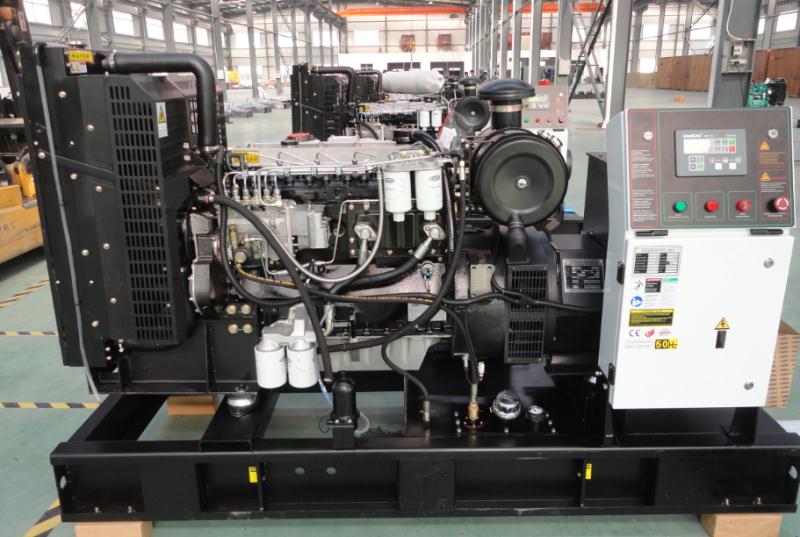The global shortage of power resources or power supply is becoming more and more serious. Many companies and individuals choose to purchase diesel generator sets for power generation to alleviate the restrictions on production and life caused by power shortages. As the important part of the generator set, AC brushless alternators play an important role when considering to choose diesel gensets. Below are the important electrical indicators of AC brushless altererators:
1. Excitation system. The excitation system of the mainstream high-quality alternator at recent stage is generally equipped with an automatic voltage regulator (AVR for short), and the host stator provides power to the exciter stator through the AVR. The output power of the exciter rotor is transmitted to the rotor of the main motor through a three-phase full-wave rectifier. Most of the steady-state voltage adjustment rate of all AVRs is ≤1%. The excellent AVRs also have multiple functions such as parallel operation, low-frequency protection, and external voltage regulation.
2. Insulation and varnishing. The insulation grade of high-quality alternators is generally “H”. All of its parts are made of specially developed materials and impregnated with a special process, in order to provide guarantee for operation in the environment.
3. Winding and electrical performance. The stator of the high-quality alternator will be laminated with cold-rolled steel plates with high magnetic permeability, double-stacked windings, strong structure and good insulation performance.
4. Telephone interference. THF (as defined by BS EN 600 34-1) is less than 2%. TIF (as defined by NEMA MG1-22) is less than 50
5. Radio interference. High-quality brushless devices and AVR will ensure minimal interference during radio transmission. If necessary, an additional RFI suppression device can be installed.
Post time: Dec-14-2021







